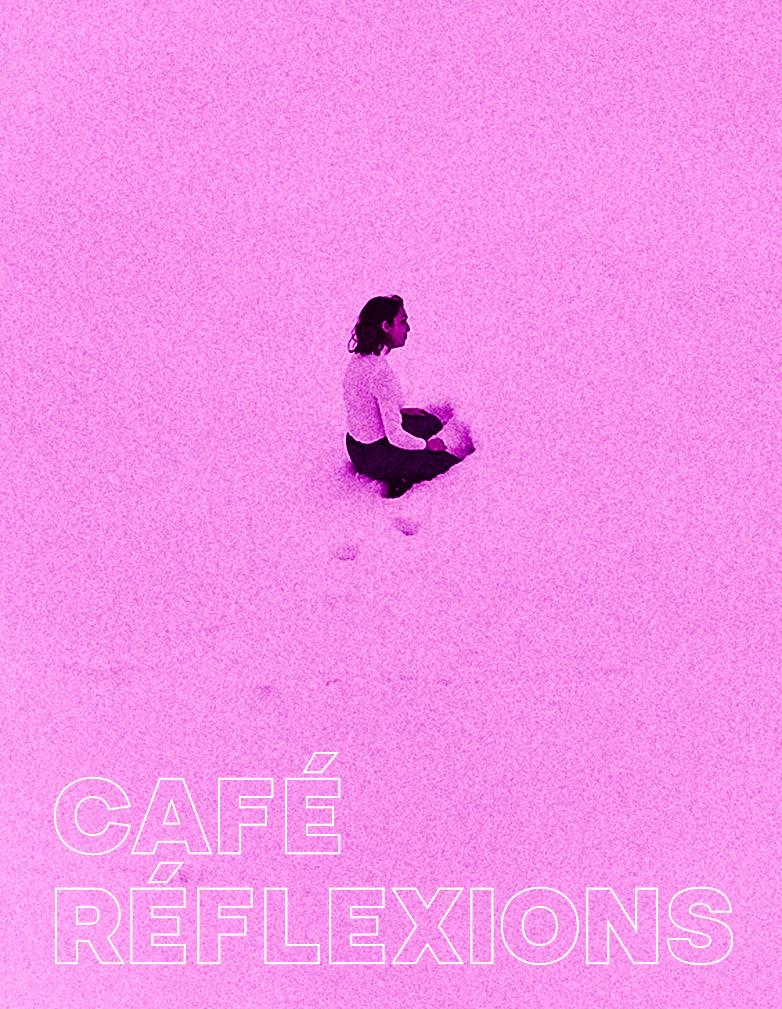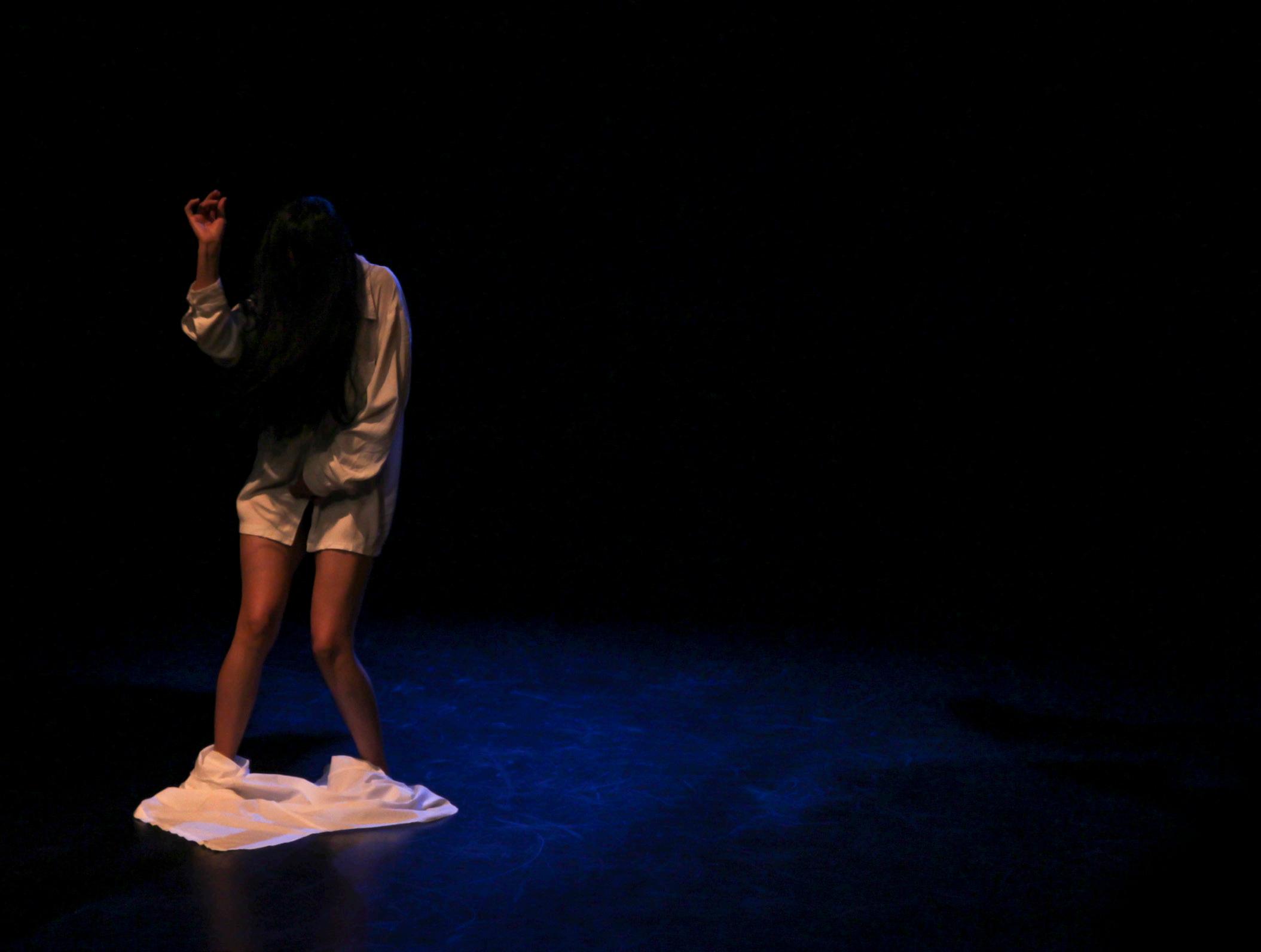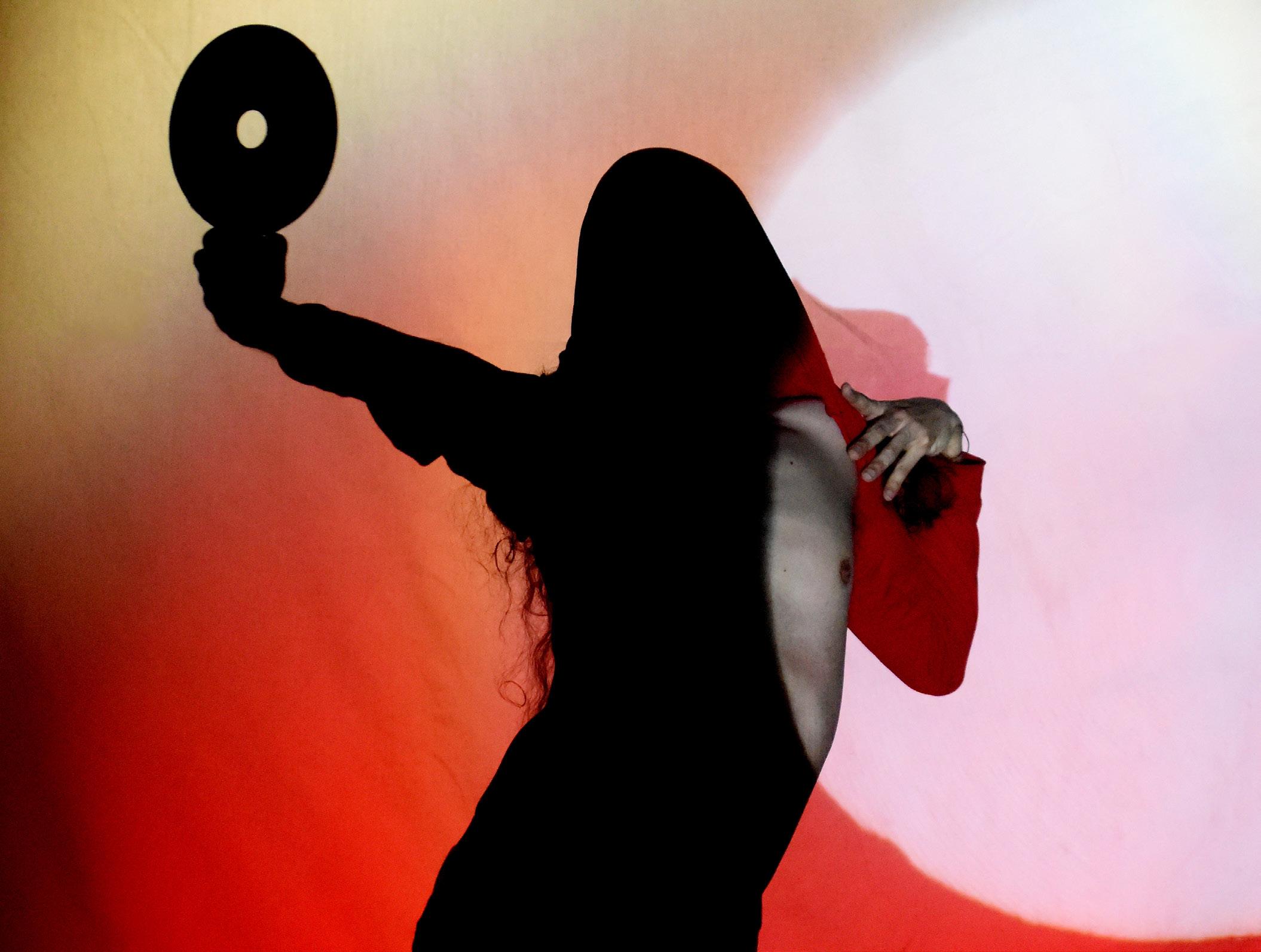

Je garde dans mes souvenirs des instants de mouvements, des fragments dansés, des spectacles vécus et contemplés. À certains moments, ma pensée se souvient d’un mouvement ; à d’autres, c’est le mouvement qui réveille ma pensée, mon passé.
Tout comme les souvenirs quotidiens, ces fragments dans ma mémoire et mon corps m’aident à reconstruire tout ce qui accompagne l’avant et l’après d’un moment dansant. Ces instants me rappellent ma fascination pour les micromouvements et pour les gestes quotidiens, ceux qu’on répète inlassablement jusqu’à les questionner et les transformer chorégraphiquement.
Comme un mot visuel ou comme l’évocation d’une référence qui devient une image, je prends et je cite les mouvements d’un autre corps, moment ou contexte pour les adopter dans mon processus de création. Ce mouvement qu’immigre à mon corps, cette citation corporelle que j’emprunte devient à chaque fois une rencontre (una cita en espagnol) : éphémère, imaginaire, atemporelle, avec le créateur de ce mouvement, avec son corps. En fait, plus je plonge dans le geste évoqué, celui de ma mère ou d’un musicien que j’aime, par exemple, plus j’ai l’impression d’assister à une rencontre avec cet autre, de me connecter avec son corps à travers l’exploration du mien. Pendant cette rencontre, métaphorique, cette citation se transforme en une itération latente, capable de transformer mon corps, ma pensée, mon imaginaire.
Peut-être, cette rencontre est un précédent pour lequel la danse est, pour moi, un art vivant en collectivité ; un rendez-vous pour lequel quand je danse avec un autre, quand je répète, quand j’enseigne, je donne et reçois en même temps.
Peut-être, c’est une raison pour laquelle quand je suis avec ceux qui contemplent, qui dansent, qui ressentent en multiples sens, temps et dimensions avec moi, j’assiste à un échange avec eux : infini, commun, vivant, exponentiel, dansant.»
«Over and over again, the next phrase comes to the surface of my thoughts: “The old world is dying and the new world is struggling to be born. Now is the time for the monsters.” (attributed to Gramsci, but a contemporary reworking of the original, and very popular these days). I recognize in this phrase a great clarity to describe the nature of the current vertiginous processes of transmutation we live, both at a personal and collective level, on the local and global. It also helps me to locate the starting points and aims of my practice.
I constantly think of how harsh and necessary it is to recognize one’s monstrosity, of the danger of complacency in pointing out the monsters of our peers, and of the importance of satisfying the needs of finding oases, mirrors and guides to resist the turbulence during these times of destruction and dehumanization. I am interested in working on processes that bring to light what is -between- one event and another, in the instant that there is -between- inhalation and exhalation, -between- the “on” and “off”, in that space of the process in which the prodigy of monstrosity arises. The search for that -between- has translated into working with the disciplinary intersections that are neither one thing nor the other, into consciously inhabiting contradiction and indefiniteness, and happily failing to shed light on my own monsters, building oases, by revealing deformed mirrors in which perhaps someone else can recognize themselves, and by following clues within the labyrinth of personal mythology that draws from the collectivity.»
@360gradosfoto


